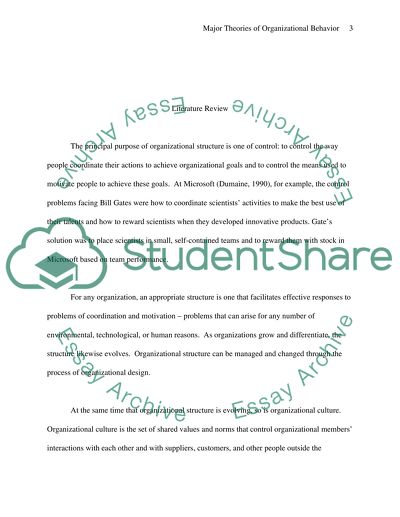Major Theories of Organizational Behavior Essay Example | Topics and Well Written Essays - 500 words. Retrieved from https://studentshare.org/miscellaneous/1524278-major-theories-of-organizational-behavior
Major Theories of Organizational Behavior Essay Example | Topics and Well Written Essays - 500 Words. https://studentshare.org/miscellaneous/1524278-major-theories-of-organizational-behavior.


